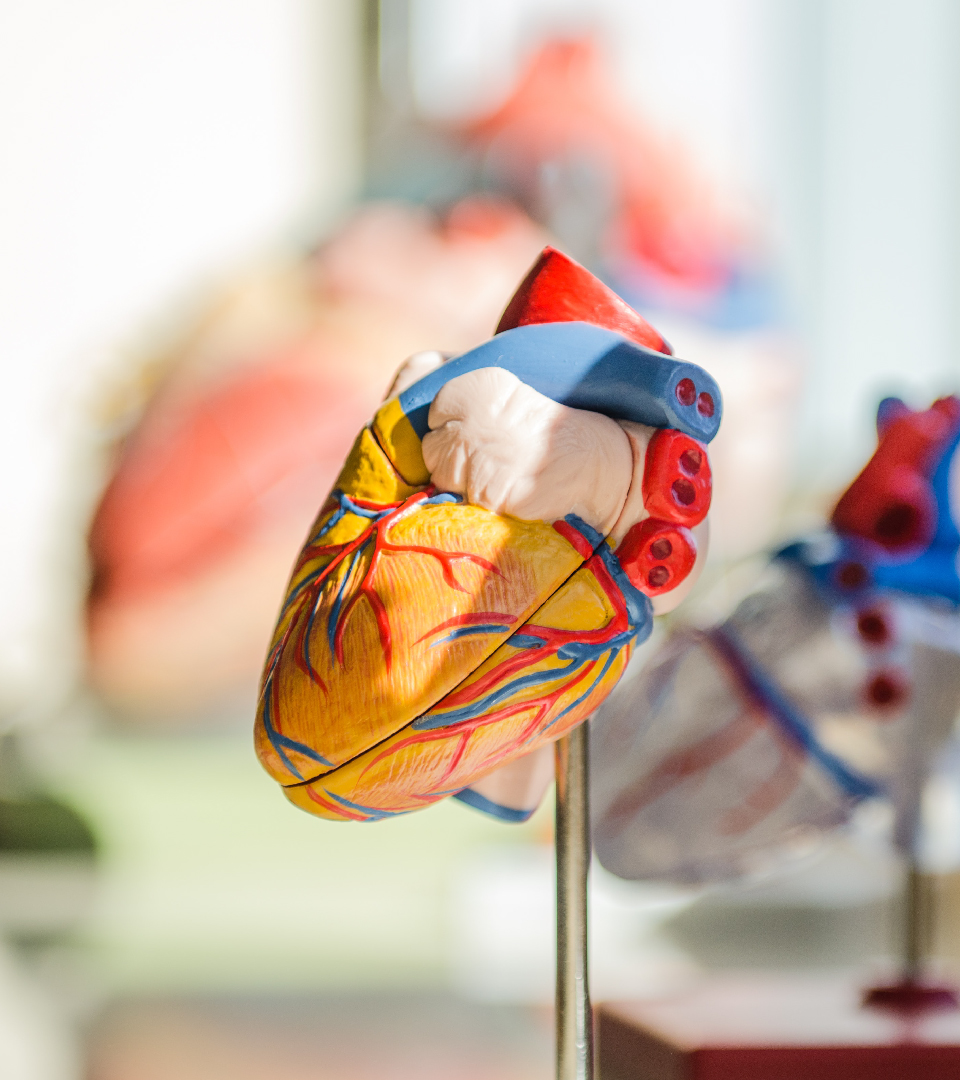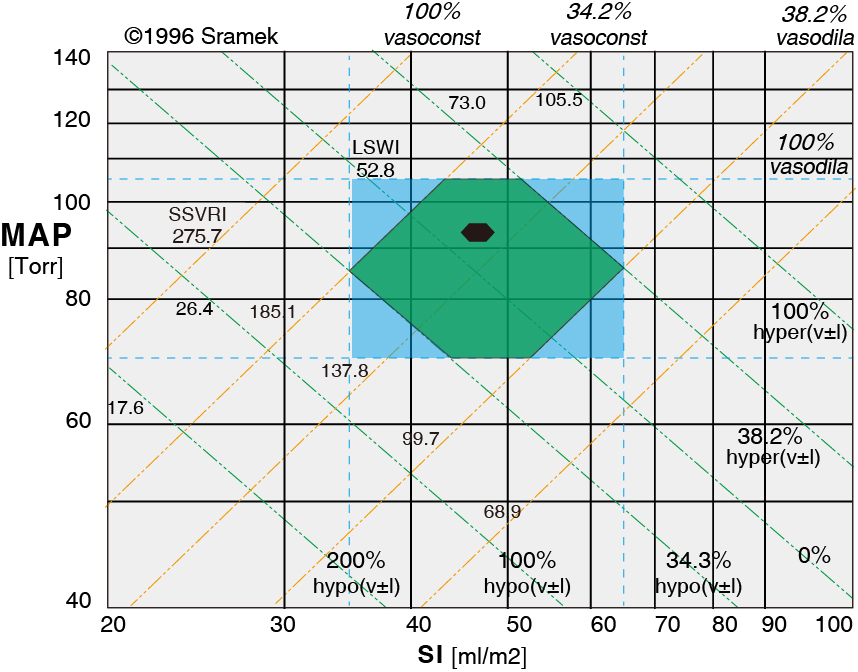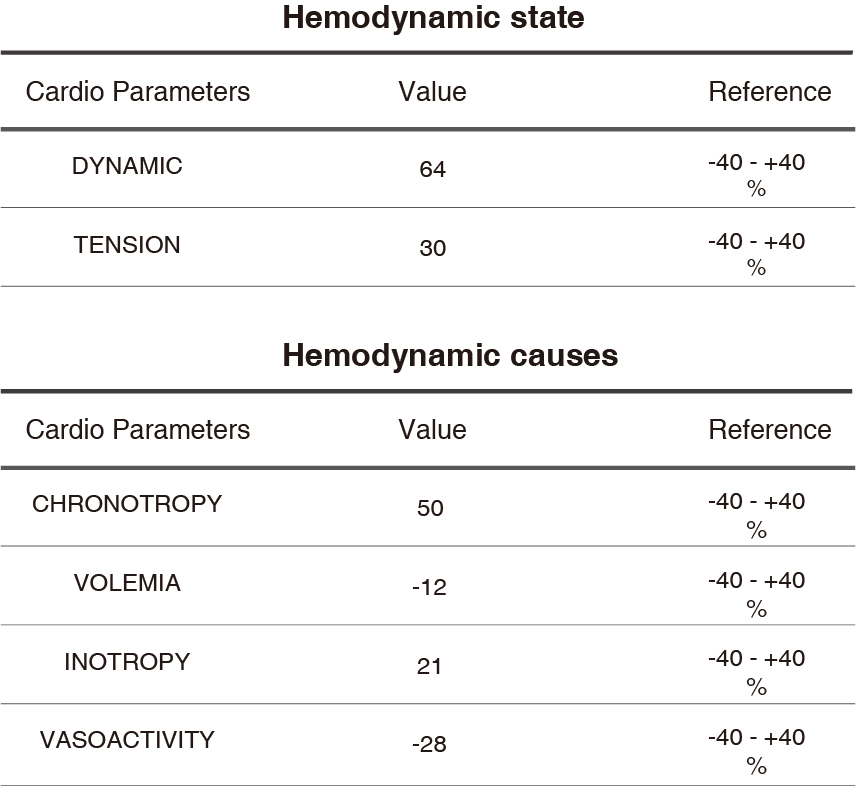
Clinical Utility of the Hemodynamic Management System
Our cloud-based system replaces the archaic and trial-and-error treatment of cardiovascular disorders with an outcome-oriented, foolproof management plan. This system provides hemodynamic support in chemotherapy patients to mitigate its negative hemodynamic effects. Meanwhile, it enables management of volemic status in hemodialysis patients. As a result, we help to:
- Decrease duration of hospitalization and/ or therapy
- Improve the quality of patients’ life
- Increase life span
- Lower the cost of cardiovascular health care
The Graphic Description of Hemodynamic State
As a counterpart to geographic map, where any points on earth is defined by two coordinates (latitude & longitude), the Systemic Hemodynamic State can be expressed as a point on a Hemodynamic Chart with coordinates of MAP & SI. The location hemodynamic point (MAP@SI) is a consequence of per-beat function of three hemodynamic modulators (intravascular volume, inotropy and vasoactivity) that act on a different (modulating) plane, as expressed in the Hemodynamic Chart.
The hemodynamic point is shared by both the hemodynamic orthogonal system and the orthogonal system of hemodynamic modulators (on different plane).
AThe Hexagon (green area) indicates the optimal cardiovascular health. It is called the normal- hemodynamic state or therapeutic goal. A healthy Mean Arterial Pressure (MAP) is located between 70 to 105, and the Stroke Index (SI) between 35 and 65 mL/beat/m2.
Hemodynamic State and Causes
Hemodynamic is the study of Blood flow. It focuses on how the heart distributes or pumps blood throughout the body. These parameters are used to generate the optimal drug suggestion. The reference range (-40% /+40%) is expressed in percentage and the ideal state should be 0%. Problems with the hemodynamic system can causes serious health issues, the most common of which is hypertension.


© Sramek Global Inc. 2020. All Rights Reserved.

